In the past, plant breeding has helped avert entire famines by changing a handful of genes in key crop varieties. But today's breeders must meet similar challenges with consistent excellence, making the right decisions each season to refine natural genetic diversity into a multitude of hard-working food crops.
In 2020, CGIAR crop breeders began using computer simulations to model the performance of their breeding programs up to 50 years in the future. This means that they have statistical evidence to show which decisions will have the greatest benefit for farmers years down the line.
How many unique plants must be grown, and how many crosses made? How and when should the best offspring be selected? Is it worth investing in technologies like genomic prediction or hybrid breeding? How can breeding be made faster without losing gains?
A group of experts brought together by CGIAR Excellence in Breeding partnered with the Roslin Institute, University of Edinburgh to develop a library of answers to such questions using solid quantitative genetics principles coded in simulation software such as AlphaSim.
The EiB optimization team: Eduardo Covarrubias, Dorcus Gemenet, Marlee Labroo, Christian Werner
“Breeding has been mainly an art for a long time, where strategies are inherited from breeder to breeder," said Eduardo Covarrubias, EiB breeding scheme optimization lead. "Now, we are moving towards data-driven breeding by designing strategies according to sound quantitative genetics principles and using project management, optimization and simulation tools to maximize the rate of improvement in traits of interest that are needed by farmers.”
The first step was to work with CGIAR breeding programs to map out their breeding processes and identify the main areas where improvements could be made. Applying quantitative genetics theories, a total of 45 simulations were run for 17 breeding programs, looking at 14 potential decisions across 11 crops bred by seven CGIAR Centers. These results were the basis for discussions to develop detailed improvement plans to implement the suggested changes. In addition to the seven EiB staff, consultants and collaborators providing optimization support, another seven biometricians have been trained to run simulations at CGIAR centers.
According to Maria Alvarez, leader of the rice breeding program at the International Center for Tropical Agriculture (CIAT) and plant breeder: "It is something rarely done in the CGIAR, to assess how the breeding programs work and attempt some kind of qualification. As a young breeder, you have a lot of questions about how to improve and speed up the program. In the optimization group I found something reliable to ask those questions that I had some time ago."
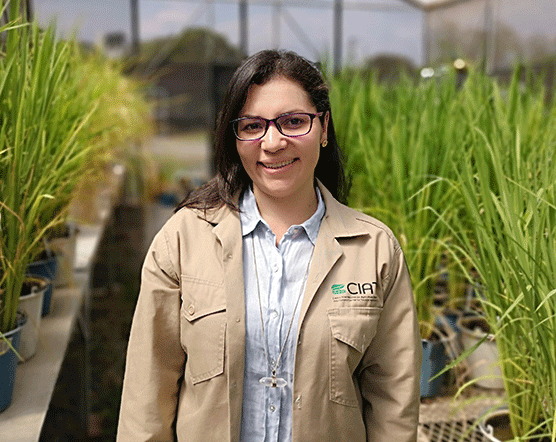
The CIAT rice breeding teams have already begun to adopt new selection methods that prioritize important traits, and better planting strategies that require no new investment. This impacts all five CIAT rice breeding pipelines, from which half of the modern varieties grown in Latin America originated.
Alvarez also sees her teams reaching the same level of performance by adopting more accurate, scientific and technical decision-making.
The importance of knowledge exchange was echoed by Harish Gandhi, leader of crop improvement in Asia at the International Crops Research Institute for the Semi-Arid Tropics (ICRISAT). "It gave us a tangible way to look at things based on sound genetic theory. That was really powerful," said Gandhi. "It was also a learning experience for people to understand quantitative genetics better."
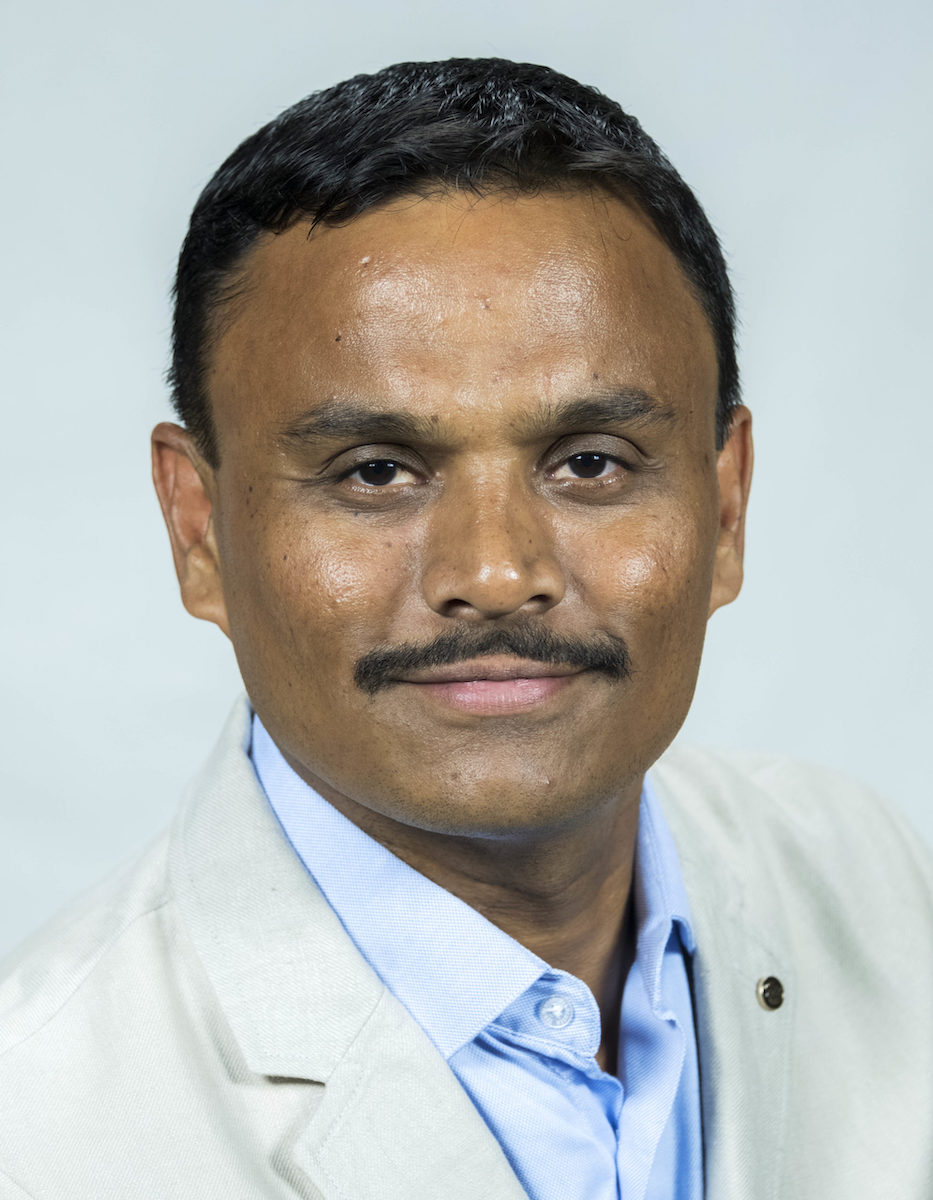 Harish Gandhi. Photo: ICRISAT
Harish Gandhi. Photo: ICRISAT
The simulations provided for three ICRISAT breeding pipelines in West and Central Africa, in addition to another in Asia, have shown for instance that it is possible to greatly reduce the number of plants tested without reducing genetic gain. This frees up valuable resources for use elsewhere.
The simulation tools were also passed on to the ICRISAT data management team, and EiB helped train a post-doctoral candidate hired to perform further simulations. Gandhi is planning a workshop to expand the use of simulations to further crops and involve more young scientists.
In the case of the cassava breeding program operated by the International Institute of Tropical Agriculture (IITA) in East Africa, the recommendation was actually to increase the program size, featuring more parent plants to introduce greater genetic diversity, and thereby maintain gains over time. This year, the program will increase the number of parents from four to 16 and use an optimized crossing strategy within the resources available to the program. The IITA yam program is also optimizing size, the number of environments used for testing, and selection strategy.
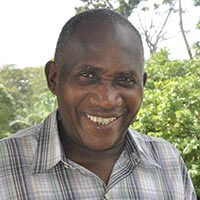
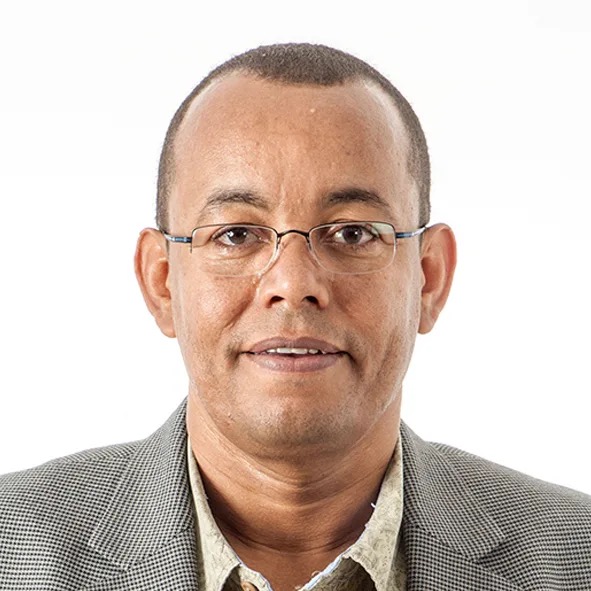
"By applying this advice, we are confident that our program will generate new improved cassava varieties that are more productive and resilient to the virus diseases we are tackling, and that will have other traits preferred by farmers and end-users," said Edward Kanju, senior scientist at IITA.
The changes implemented at the International Maize and Wheat Improvement Center (CIMMYT) maize breeding program in East Africa can reduce the breeding cycle from five years to four, according to maize breeder Yoseph Beyene. Based on historical data, the simulations are being used to identify the optimum number and location of testing environments to develop varieties that meet the specific needs of farmers and consumers, while software is being developed to target these traits in breeding using selection indices.
The International Potato Center (CIP) is investing more in developing potato varieties that target the needs of markets and farmers in Africa. According to Thiago Mendes, CIP plant breeder, the simulation results have already provided insight into their selection strategy.

"Many of the potato clones that were not selected, when we used a selection index it was shown that they should be considered. We were surprised to see such a large difference," said Mendes. "We are bringing new breeders into the system and they are more engaged. I would love to have a chance to engage with more breeders in the CGIAR. I think that the time that we have with Excellence in Breeding is a time to escape and talk about more technical things."
The IITA cassava program, by contrast, has been active in Africa for 50 years, adapting Latin American cassava to local climate and disease stresses, then creating biofortified varieties that address vitamin-A deficiency in the region. The simulation results have shown that the number of crosses made by the program can be reduced, that multi-environment testing should occur from an earlier stage, and is being used to determine which testing sites give the best data for traits of interest.
"It is most important that EiB has other aspects that can support the findings of optimization," said Ismail Rabbi, a breeder with IITA. "For example, testing, simulation and quantitative genetics show that the earlier you go to more locations you get more accurate data for the performance of your lines. We are currently working with EiB phenotyping to establish a multiplication facility for our breeding materials that will allow us after stage one of testing to multiply materials and go to a large number of environments for accurate testing.
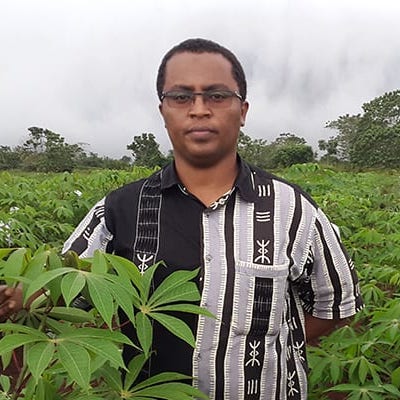
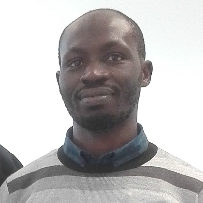
Selection indices are also being applied to specific dilemmas found when developing cassava products. For example, varieties with more beta-carotene (vitamin A) tend to have lower yield traits such as dry matter and starch content. Selection indices and simulations can show which strategies will allow breeders to advance both traits simultaneously.
“Selecting breeding lines, especially for multiple traits, is both challenging and time consuming for any breeder,” said Parthiban Prakash, interim lead of the irrigated rice breeding program at the International Rice Research Institute (IRRI), who said that IRRI plans to automate the selection process and simulate aspects such as optimal mating design and population size.
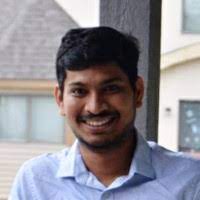 Parthiban Prakash. Photo: Parthiban Prakash.
Parthiban Prakash. Photo: Parthiban Prakash.
"In the recent years of IRRI’s breeding program modernization journey, there has been a strong positive interaction with EiB through several topics related to breeding schemes, selection theory, genomic selection and testing strategies,” said Prakash.
"We have started on the trail to think about how well our breeding programs can be transformed for higher genetic gains," said IITA breeder Ismail Kayondo, who looked forward to the day when breeders can routinely run their own simulations. "Ideally, that gives breeders the power to think of their own options and test them out. Then, if this becomes well-integrated into the program, we will have accurately thought of many scenarios before committing resources on the ground."
-----
Story by Sam Storr, EiB Communications consultant. Contents reflect the information and views of the author/quoted individuals only. EiB and partners are supported by CGIAR Trust Fund Contributors and the Crops to End Hunger initiative, via the Bill and Melinda Gates Foundation, GIZ, BMZ, USAID, UK Aid, ACIAR and other partners.